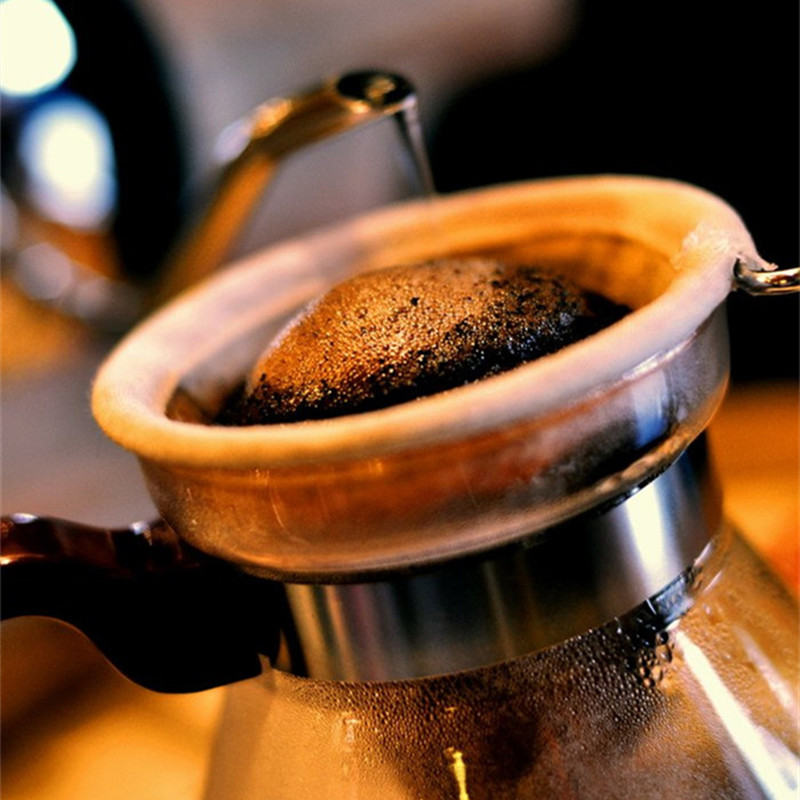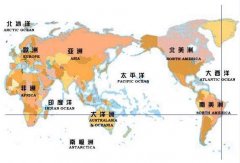What kind of raw beans are high-quality raw beans?

What kind of raw beans are high-quality raw beans? First look at the surface of beans, fresh and high-quality raw beans, the surface is shiny, in addition, the handling of good raw beans, uniform color, the surface of uneven color can not be called good beans, must choose uniform color. Secondly, the particle size is the same, which is also evidence of good quality management. Make sure that the particle size is the same when you buy it. Even and neat coffee raw beans can achieve a consistent baking effect; otherwise, some are too deep and bitter, and some are too shallow and sour, which will affect the overall taste of roasted coffee beans.
Raw beans are divided into several grades according to quality standards, which vary from place to place, basically according to size and shape. The higher the grade, the better the quality. At present, as the domestic coffee raw bean market has just started, the coffee raw beans sold are mainly low-grade beans. People usually have a lot of defects in the raw beans they get. Defective coffee beans are quite harmful, including:
Mutant beans:
It is neither flat bean nor garden bean. Due to abnormal development, the raw bean is broken in the center when shelling. This kind of bean is prone to uneven baking.
Fermented beans / black beans:
In the process of processing or washing, the beans are fermented internally. It has the smell of fermented acid.
Unripe beans / white dead beans:
Coffee fruits are harvested before they are fully ripe. This kind of bean is ivory after baking and tastes green and astringent.
Moldy beans:
The process of processing and transportation is affected by moisture, rain and mold. As long as one bean is moldy, it will soon spread to others, so be careful.
Moth-eaten beans:
It is eaten by a pest called fruit bark beetle, and there are worm eyes on the beans, which makes the coffee smell.
Dried fruit:
Bring the outer skin into the drying process. In the non-washing process, the raw beans can be removed from the shell, but in the water washing process, this state becomes defective beans.
Dissimilar beans:
For example, robusta mixed with Arabica and flat beans mixed with garden beans.
Small gravel:
Easy to break the bean grinder, more extensive sun can be found. When selecting, we spread out the beans and put them in a place with plenty of light, and it is more efficient to pick them with both hands. Basically, coffee raw beans that look uncomfortable can be picked out. After choosing neat beans, the beans can be baked more neatly and tasted more pure. If it is mixed with too many unexpected factors, it is impossible to judge the real taste. General commercial grade of ordinary coffee raw beans, through their own selection, can also reach a very high and expensive level, or even the level of refined coffee.
Important Notice :
前街咖啡 FrontStreet Coffee has moved to new addredd:
FrontStreet Coffee Address: 315,Donghua East Road,GuangZhou
Tel:020 38364473
- Prev

Boutique coffee beans common sense Brazilian bourbon Santos coffee
Brazilian bourbon Santos coffee flavor and taste characteristics: a variety of flavors, low acidity, taste lubrication. Brazil is a rich and beautiful land, with the Atlantic Ocean in the east, more than 7400 meters of coastline and the famous Andes in the west. Brazil is also the world's largest coffee producer, known as the coffee country. Brazil is vividly compared to the giant and monarch of the coffee world. BA
- Next

Starbucks Bali Coffee: coffee from a single producing area in Bali
Bali Coffee Bali Coffee Coffee growing area: Asia / Pacific Coffee species: full-bodied Coffee description: this coffee from the single producing area of Bali is full-bodied with subtle herbal and dark chocolate flavours. Processing method: washing with taste: herbs, spices, chocolate this is Starbucks' first coffee bean from a single producing area in Bali. Bali
Related
- Guji coffee producing area of Guji, Ethiopia: Humbela, Shakiso, Wulaga
- What is the most expensive variety of Qiloso in BOP multi-variety group?
- How to store the coffee beans bought home?
- Why are Yemeni coffee beans so rare now?
- Ethiopian Sidamo all Red Fruit Sun Sun Santa Vini Coffee beans
- SOE is mostly sour? What does it mean? Is it a single bean? what's the difference between it and Italian blending?
- Is Italian coffee beans suitable for making hand-brewed coffee?
- How to choose coffee beans when making cold coffee? What kind of coffee beans are suitable for making cold coffee?
- Just entered the pit to make coffee, what kind of coffee beans should be chosen?
- Can only Japan buy real Blue Mountain Coffee? What are authentic Jamaican Blue Mountain coffee beans?

